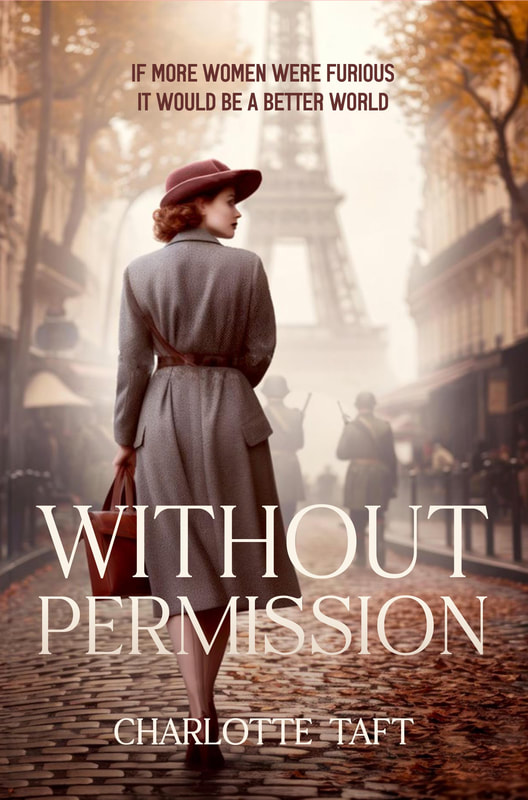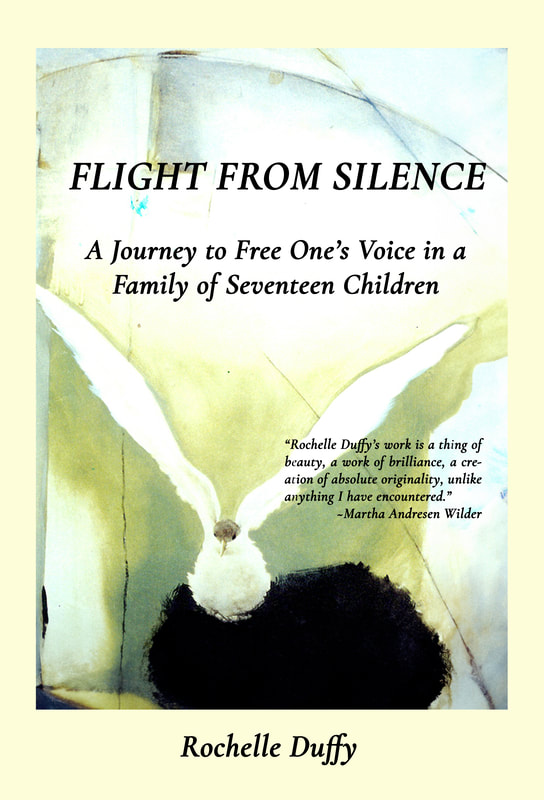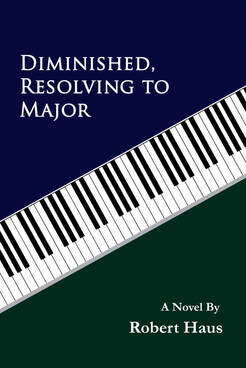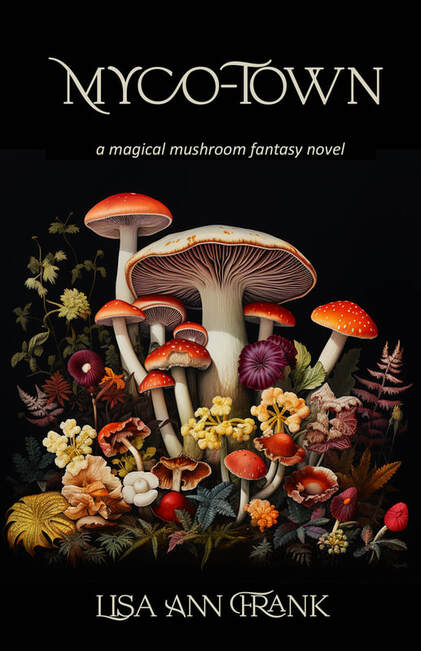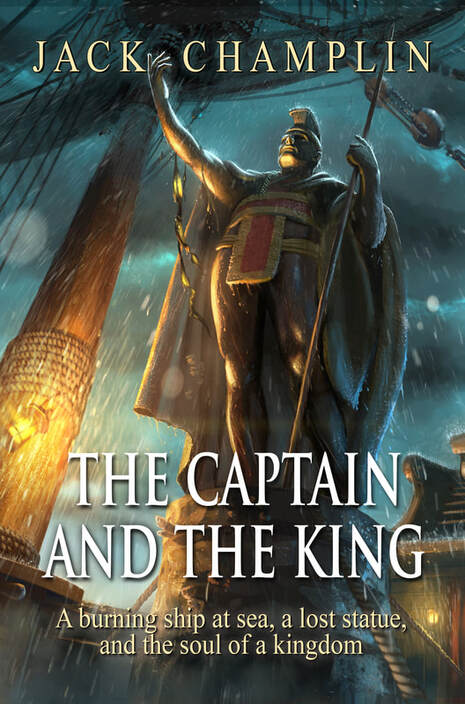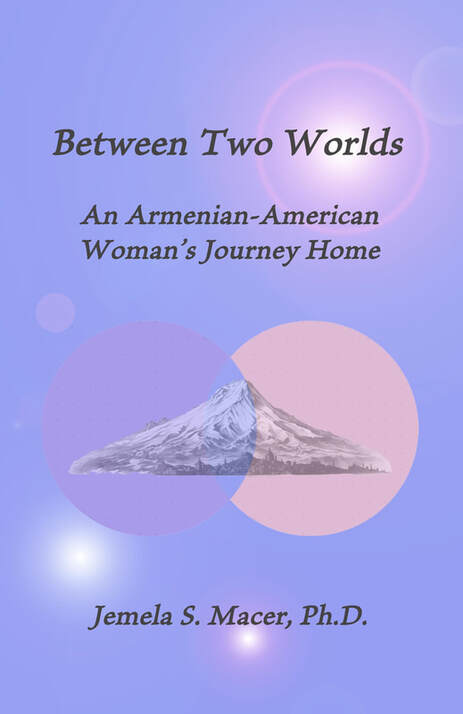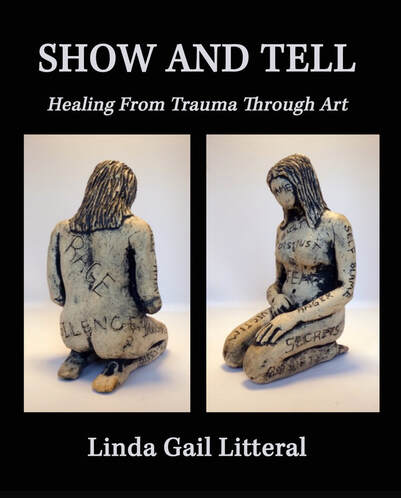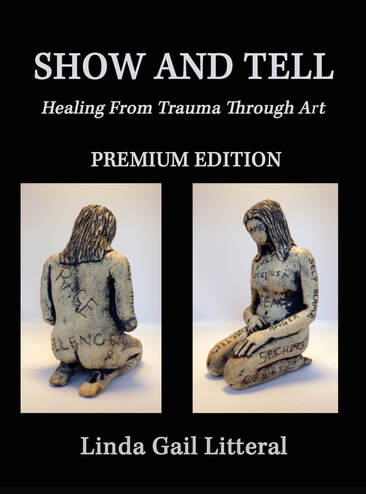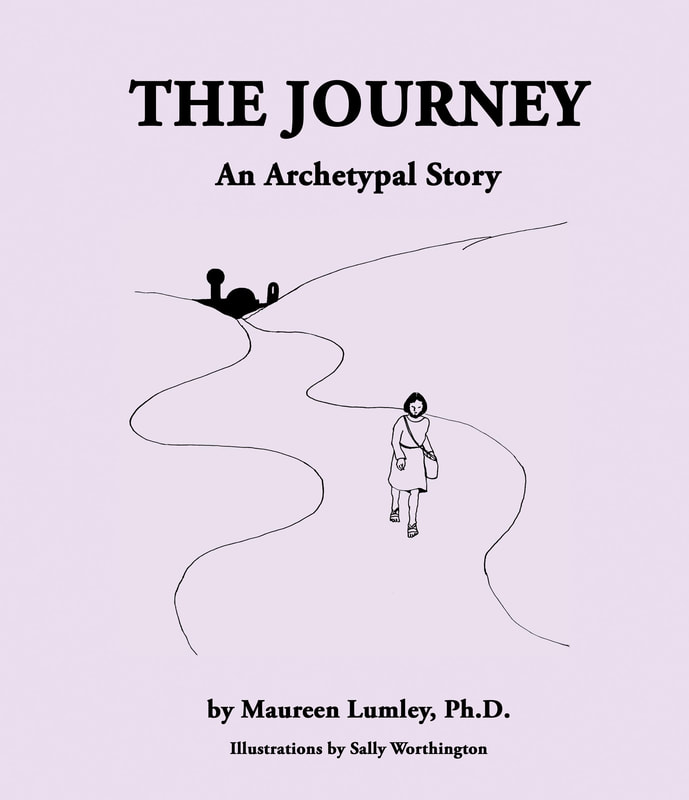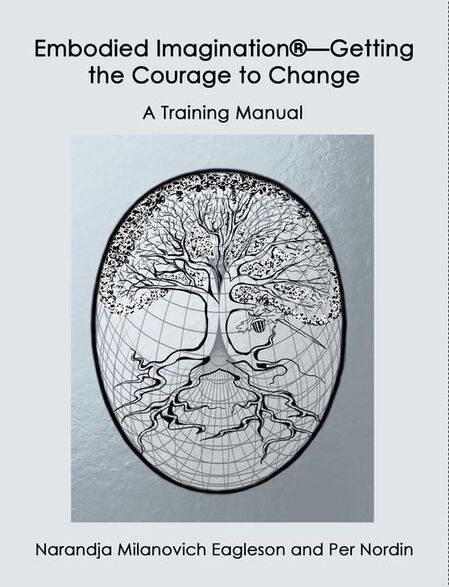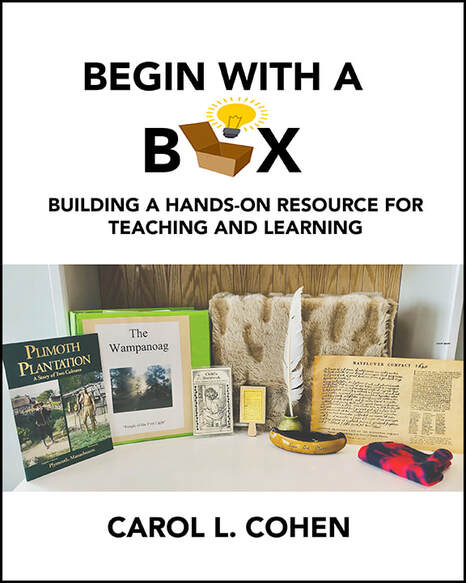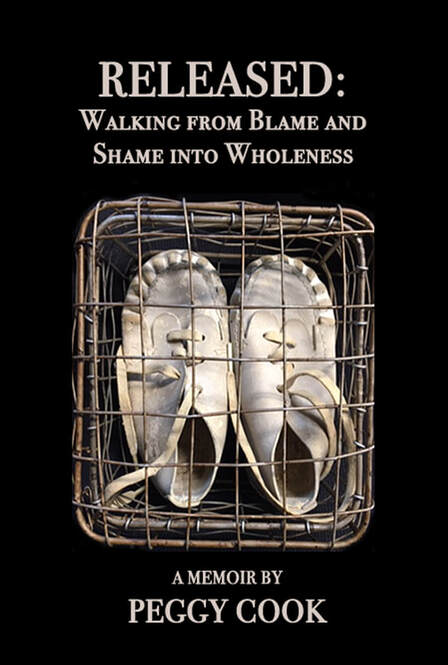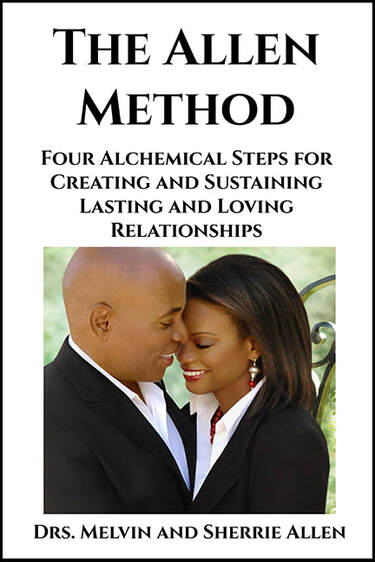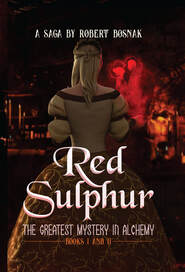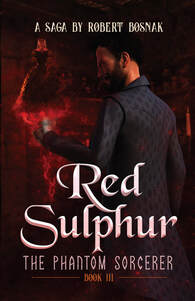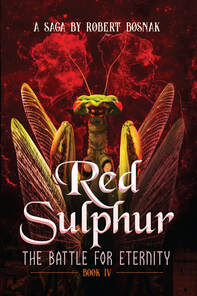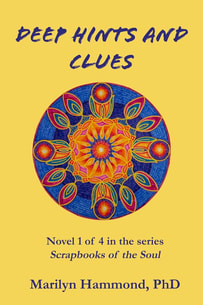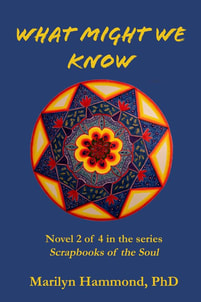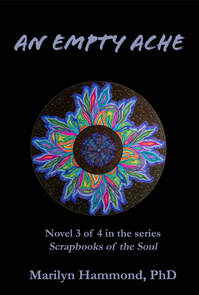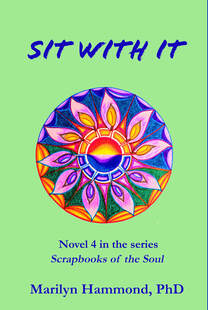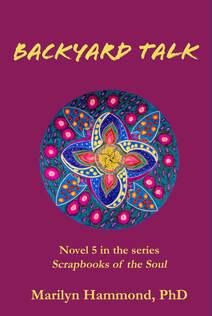Clicking on the book cover will take you to Amazon, where the books are available in various formats.
NEWEST RELEASES
|
At a time when following the law means survival, could breaking the law mean freedom?
Amidst the turmoil of Occupied Paris, 25-year-old teacher Jane Smith is tested as she discovers that sometimes doing the right thing requires breaking rules when her Aunt Mathilde draws her into the dangerous task of smuggling Jewish girls out of France. Adding another layer of danger, the school’s doctor seeks Jane’s help in providing abortions, thrusting her into a clandestine world. Jane embarks on a mission to provide care for those marginalized by society, from migrant workers in California, to women in post-war Japan. When she enlists in the Navy, Jane falls in love with an admiral’s daughter, adding another secret and another rule broken. In this first book of a trilogy that spans decades and continents, Jane’s journey paints a vivid portrait of essential care given without permission, without authority, and without apology. Without Permission is a poignant tale of love, the power and peril of secrets, and the emotional and spiritual essence of abortion care. Jane’s enduring quest for justice offers a window into the resilience and courage of women who live outside of the laws of men. |
|
Rochelle Duffy's journey from a whisper in the cacophony of a 17-sibling household to a voice resonating with unique identity and insight is a tale as extraordinary as her upbringing. Born as the fifth child in this extensive family, Rochelle often faced the curious query, "What was it like for you?" Yet, amidst the whirlwind of family chaos, her voice struggled to find its place, often merging into the collective identity of "we" rather than standing out as "I."
Her transformative journey began during her graduate studies, where the act of writing became her gateway to self-discovery. She transcended being an indistinguishable part of a collective to a distinct individual with her own stories and perspectives. While exploring themes for her Mythological Studies doctoral dissertation, Rochelle embarked on an innovative and deeply personal project: a "sibliography." This endeavor was not just an academic exercise but a heartfelt quest to weave together the diverse narratives of her siblings. "What was it like for you in our giant family?" she inquired, delving into the collective memory of 26 years as the family expanded and the lives of their parents contracted into addiction, illness, and suicide attempts. |
The project took a surprising turn when she began a correspondence with her incarcerated brother Ronald Patrick, positioned at the very heart of their sprawling family as the ninth sibling. Patrick's life, shadowed by struggles with drug addiction and the constraints of incarceration, becomes a poignant backdrop for their heartfelt and revelatory exchange of letters. Together they navigated a labyrinth of deep-seated emotions, unearthed long-hidden family secrets, and forged a profound connection through their mutual passion for literature and the power of words. This unique bond between Rochelle and Patrick emerges as the heart and soul of her story, showcasing the extraordinary capacity of dreams, imagination, and the written word to liberate and give voice to those once rendered voiceless, painting a vivid picture of resilience, human dignity, and the enduring strength of familial love.
|
The year is 1993. A young pianist is trying to work his way into the Los Angeles music scene. And he is hiding a painful secret. He is homeless. ----------------------- “Robert Haus loves music, he loves writing, and he has a huge heart. So it’s no surprise that he melds all three beautifully into this soulful, insightful novel. Homelessness is not understood well by enough people, but you can hear Haus’s compassionate comprehension of its anguish and challenge in every line of this melodic book. Read it -- and feel hope.” |
Myco-Town, an exciting new magical mushroom fantasy novel
by Lisa Ann Frank
|
Mushrooms have remained in obscurity for millions of years. Until now. People are finally discovering their powerful benefits.
What if you could understand the secret languages of birds and trees, connecting deeply with nature? Charlie can. He’s a young visionary who also has been experimenting with mushroom intelligence since he was eight. His mission is audacious – to change the world by unlocking mushrooms’ hidden potential. When Charlie inherits a surprise windfall, he buys a secluded property in the North Georgia mountains to create Myco-Town. Together with his artistic girlfriend Ella, they build a mecca for mycologists to delve into the promise that mushrooms have to heal, nourish, and cleanse the planet. After tragedy strikes, a mysterious mushroom emerges, holding the key to cures beyond imagination. Can Charlie’s legacy reshape humanity’s bond with nature? Or will the status quo stand in the way of evolution? |
OTHER BOOKS IN PRINT
A historical action-adventure novel by Jack Champlin
|
August 1880 in Bremerhaven, Germany and the G.F. Haendel hoists anchor for Honolulu. With no space in the cargo holds, a large bronze statue of a Hawaiian king is lashed to the deck while the superstitious first mate protests that it will be the ship’s Jonah. Captain Schrock is finding this piece of cargo more problematic than he expected when he agreed to carry it. At sea, Schrock and his crew become brutally tested by storm-wracked seas in their perilous race to reach the Falkland Islands on a burning ship. But will it be the maritime Enquiry into the disaster on this island outpost that makes Schrock question his dangerous livelihood? And why has this statue left a mark on him, even though the king’s effigy now lies deep in the sea?
Drawn to Hawaii, Schrock learns than an errant kahuna sorcerer purportedly ‘prayed down’ his ship. Then another kahuna dream healer claims to have been involved in saving the ship until it reached the Falklands, and to have ‘seen’ Schrock on his ship far out at sea. Unraveling this strange reality with his new friends, Schrock finds he needs help from a remarkable half-Hawaiian woman he’s fallen in love with but who repeatedly pushes him away. The malicious kahuna sorcerer threatens to come after his new love. Now he’ll need the dream healer. And the healer says Captain Schrock is needed for the kingdom—but why? Is this a calling Schrock can accept, without knowing what it might cost? |
A debut memoir by Jemela S. Macer
|
Searching for an inner sense of home and a relationship to her ancestral roots, she ultimately finds them back in Southern California, in the very place where she began.
Macer’s intimate, courageous, and poignant portrayals of her experiences and numinous adventures, told with raw emotion, insight, and a healthy dose of humor, provide us a way forward for our own cultural and spiritual healing. In Between Two Worlds: An Armenian-American Woman’s Journey Home, clinical psychologist Jemela Macer takes us on a fascinating and deeply reflective familial, cultural, and spiritual journey to reclaim lost parts of her ancient Armenian soul and unite them with her modern American life. Born the grandchild of four Armenian Genocide survivors long silent about the atrocities they endured, Macer asks, in a series of connected essays: what is passed down unknowingly from one generation to the next? How does transgenerational trauma live within us? And finally, how do we forgive our perpetrators, find healing, and re-integrate lost parts of our soul, and those of our ancestors? Echoing the journeys of Michael Arlen’s Passage to Ararat, and Peter Balakian’s Black Dog of Fate, Macer takes us from her childhood and young adulthood in Southern California, to the streets of India, Europe, Pakistan, China, South America, and finally, in what she comes to call “The Genocide Tour,” to ancient Western Armenia. |
Linda Litteral is a survivor of incest and rape who used art to heal from the destruction to the body and spirit which comes from physical and sexual abuse. In this courageous memoir, Litteral shares the story of her abuse, spanning eight years of incest perpetrated by her grandfather, a rape she experienced in high school, and physical and verbal violence she suffered at the hands of her first husband. She offers an in-depth psychological profile of the effects of abuse, including silence, shame, invisibility, powerlessness, guilt, and difficulties with trust and identity. She also illustrates how the body remembers abuse through symptomatology like dissociation, anxiety, chronic illness, and other post-traumatic stress responses.
Yet Litteral has done more than survive her past—she’s found a way to thrive in the present. She generously catalogs all the healing modalities she has experienced in her decades of undoing the destruction of her past, including talk therapy, meditation, yoga, breathwork, Tai Chi, and somatic-based therapies like acupuncture, EMDR, sacral cranial therapy, and Thought Field Therapy. But it’s when Litteral discovers the power of creating and sharing her art that her healing journey begins in earnest. Accompanied by rich full-color images of her art in every chapter, Litteral shares stories about the creation of her pieces, their stunning symbology, and how they aided in her healing journey. Litteral is both an artist and an activist, a fierce champion for survivors, and an unabashed advocate for the healing power of art.
Yet Litteral has done more than survive her past—she’s found a way to thrive in the present. She generously catalogs all the healing modalities she has experienced in her decades of undoing the destruction of her past, including talk therapy, meditation, yoga, breathwork, Tai Chi, and somatic-based therapies like acupuncture, EMDR, sacral cranial therapy, and Thought Field Therapy. But it’s when Litteral discovers the power of creating and sharing her art that her healing journey begins in earnest. Accompanied by rich full-color images of her art in every chapter, Litteral shares stories about the creation of her pieces, their stunning symbology, and how they aided in her healing journey. Litteral is both an artist and an activist, a fierce champion for survivors, and an unabashed advocate for the healing power of art.
|
“Call the world if you please ‘the Vale of Soul-making.’
Then you will find out the use of the world.” ~ John Keats Keats’ well-known quote continues, “There may be intelligences or sparks of the divinity in millions—but they are not Souls till they acquire identities, till each one is personally itself.” He states that, “Nothing ever becomes real till it is experienced.” He goes on to question, “How then are Souls to be made?” to which he answers, “How, but by the medium of a world like this?” This story is about the journey of the soul and its experience in becoming itself and fulfilling its life’s purpose in the school-room of this world, the Vale of Soul-Making. |
|
The Embodied Imagination® method is a modern-day adaptation of dream work practices of the Asklepian healing sanctuaries in ancient Greece. The method draws from a broad set of disciplines that include alchemy, ancient incubation practices, active imagination as developed by C. G. Jung, different acting techniques, phenomenology, complexity theory, neuroscience, and depth psychology. The EI® method, developed by the Jungian therapist and well-known author, Robert Bosnak, has roots in the work of ancient alchemists and well-known pioneers of depth psychology C. G. Jung and James Hillman, philosophers Maurice Merleau-Ponty and Henry Corbin, and others.
This training manual is intended for students in a basic Embodied Imagination®—Getting the Courage to Change training program. |
|
Begin With a Box: Building a Hands-On Resource for Teaching and Learning provides community and classroom educators with a comprehensive step-by-step guide for building a valuable curriculum resource developed by master teacher Carol Cohen called a Teaching Box.
Begin With a Box goes beyond the worksheet to provide educators with ideas for creative curriculum planning across grades and subject areas. In the book, Cohen focuses on holistic and interdisciplinary hands-on learning including major subject areas like English language arts, social studies, history, math, and the arts. In engaging prose, Cohen explores educational theory as well, providing a pedagogically sound resource for partnering theory and practice. Throughout the chapters, Cohen offers real-life examples and photographs of Teaching Boxes creatively built and delivered by over a thousand students spanning two decades of her career. |
In the 1950s, Peggy Cook came into the world with bilateral clubfeet, feet that are twisted and facing each other, necessitating that a person walk on the sides of the feet or on tiptoe. In addition, the heel chords are short, and tight which also affects balance and gait. Surgery was available in her childhood to correct the deformity and potential disability. But Peggy also came into the world with a family who practiced Christian Science, and a father who worked for The Mother Church his whole career. The family focused on spiritual healing and prayer in lieu of medical interventions. As a child, Peggy blamed herself for not being able to pray well enough for her condition to be healed. She experienced the shame that comes with feeling not faithful enough or spiritual enough to see that clubfeet are “unreal,” the church’s word for deformity or sickness of any kind. Walking became increasingly painful, without the needed surgery or any pain relief.
As she matured, she began to question her family’s unswerving faith as her mother struggled with skin cancer, relying on Christian Science “treatment,” by Christian Science practitioners. Prayer was the Christian Science treatment. Her mother was never healed, living a life in pain, and dying a torturous death.
Peggy began her journey of transformation, releasing her trust in spiritual healing and replacing it with her decision to rely on medical science. In her late thirties she had surgery to correct her clubfeet.
This memoir chronicles her journey from indoctrination to individuation and offers hope that it’s never too late to rebuild a life and experience joy and freedom in a way that acknowledges one’s agency.
As she matured, she began to question her family’s unswerving faith as her mother struggled with skin cancer, relying on Christian Science “treatment,” by Christian Science practitioners. Prayer was the Christian Science treatment. Her mother was never healed, living a life in pain, and dying a torturous death.
Peggy began her journey of transformation, releasing her trust in spiritual healing and replacing it with her decision to rely on medical science. In her late thirties she had surgery to correct her clubfeet.
This memoir chronicles her journey from indoctrination to individuation and offers hope that it’s never too late to rebuild a life and experience joy and freedom in a way that acknowledges one’s agency.
|
The Allen Method is a four-step approach to creating and sustaining loving and lasting relationships. With over fifty years of personal growth and development training, the Allens have worked their relationship alchemy with over a thousand clients, both singles and couples, leading to a 50% increase in marriages and committed relationships, a 98% decrease in relationship failures, less suffering with incompatible partnerships, and an increase in their single clients’ awareness in selecting compatible personality types. In this book you’ll learn • The three crucial Cs of couplehood • The importance of co-creating a spiritual partnership • The value of using the Myers-Briggs Typology Indicator© to understand each other’s personality preferences • The necessity of bringing mindfulness to conscious coupling |
The Red Sulphur Series by Robert Bosnak
|
This Saga is based on verified historical reports by credible witnesses of the transmutation from lead into gold with the use of Red Sulphur in 1666. BOOK I and II An alchemist family in possession of the last Red Sulphur in existence is pursued by Kings and phantoms alike. Their remarkable love story and survival against all odds are chronicled here for the first time. |
|
BOOK III After the birth of the Red Sulphur Twins, the forces of the Subtle Realm conjure a whirlwind of destruction. The Sun King and Prince William of Orange battle over the future of Europe, shaping the fate of modernity. In their laboratory our family of alchemists closes in on the ultimate source of the magical Red Sulphur while struggling with unbearable jealousies. |
|
BOOK IV
The struggle for the destiny of Europe and the future of science culminates in the invasion of England by Prince William of Orange. Mundanus is captured by the Subtle Realm and the Dolfin family is confronted with the conundrum of immortality. The romantic triangle reaches its fever pitch and must transform or perish. A fierce battle ensues between the power-craving demon Green Mantis and the Red Sulphur Twins that will determine the fate of eternity itself. Book IV concludes with the following addenda: Historical Foundations of Red Sulphur, Historical Personages Glossary, Glossary of Alchemical Terms and Mythological References, and Acknowledgments. |
The Scrapbooks of the Soul Series by Marilyn Hammond
Explore the mesmerizing universe of Scrapbooks of the Soul, a compelling series of novels where fiction merges with profound inquiry. Each book is a rich mosaic, filled with diverse fictional characters who delve into the mysteries of the soul, sleeptime dreams, brain hemispheres, and the intersections of spirituality and science. Their dialogues, embellished with insightful footnotes, navigate through themes of whole-brain Christianity, and the intricacies of psychological, generational, and cultural healing.
These stories are more than narratives; they are a reflection on human experience, encompassing long-standing friendships, resilient relationships, and our struggle with life’s opposites. The series offers a unique perspective, suggesting our reality is shaped by our perceptions and interpretations. Engage with Scrapbooks of the Soul to discover a world where each page mirrors the complexity of life and the varied interpretations that define our existence.
These stories are more than narratives; they are a reflection on human experience, encompassing long-standing friendships, resilient relationships, and our struggle with life’s opposites. The series offers a unique perspective, suggesting our reality is shaped by our perceptions and interpretations. Engage with Scrapbooks of the Soul to discover a world where each page mirrors the complexity of life and the varied interpretations that define our existence.
|
BOOK 1 Deep Hints and Clues is the story of four mature female friends who uncover an old way of understanding, which the friends adapt for use today. On the front of this book is a circle design that reflects what the friends find. In the circle are four outer circles which mirror an abandoned method of religious interpretation in Western culture. The friends learn why and how the interpretive framework came to be discarded, and the consequences of its death in today’s world. Overall, the circle design suggests the human longing to understand profoundly, which is the crux of the novel. |
|
BOOK 2 A confused woman with the help of a friend and mentor is able to penetrate truths of her own being. On the front of this book is a mandala that reflects her psychological journey. Overall, the design embodies radiance, an emerging light of understanding out of her inmost depths and much yearned for enlightenment, which radically, explosively, changes her life. What Might We Know is a story of personal revelation and transformation. |
|
BOOK 3 In this novel, Christian parables are interpreted in a fourfold way to remedy a comment made by a now-deceased aunt. The front cover design of this book reflects the loving gesture to the aunt. In the design, vibrant, delicate blue light suggests enlightenment emerging in the midst of black, widespread shadow, indicating a psychological state of “being in the dark,” unaware, not knowing, without understanding. |
|
BOOK 4 In this fourth novel of the series, there is surprising marriage, unexpected death, a friend moves back to town, a sublime evening ends with talk of four personalities bringing insight into today's world. The front cover design reflects life's opposites, imbalances and imperfection, while at the center is indefinable soul seeking understanding. BOOK 5 In Backyard Talk, longtime neighbors, high school senior Emily and older adult Dee, chat in Dee’s lush garden. They discuss discerning minds of the past, and voices today that shed light on current culture’s marvels and complexities; its fast-paced changing curiosities and conundrums. Shallow understanding and loss of common sense are probed. The front cover’s circular design suggests psychological, mystical, religious, spiritual themes. This alludes to the depth and breadth of ideas in Backyard Talk, including the controversial. The design symbolizes integration and separation; coming together and becoming distinct. Overall, the novel shows that ordinary conversation can be a gateway to uncommon insight. |
